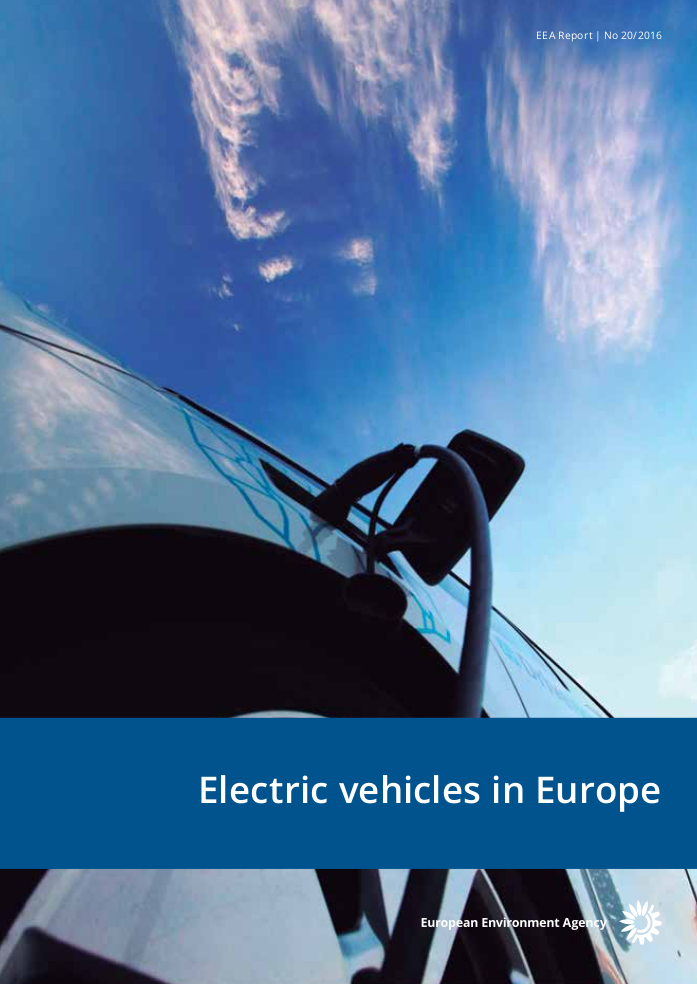Lithium is a key component in batteries used to power our electronic age, and electric vehicles need a significant amount of it.
Therefore, with continued progression towards electrifying the automotive industry, the impact on this commodity must be considered.
The amount of lithium that is required for all new electric vehicles until 2050 is quantified. Through this we can better understand the impact that theEVs progression can have on the global reserves of lithium and the possible implications that may arise from it.
Therefore, with continued progression towards electrifying the automotive industry, the impact on this commodity must be considered.
The amount of lithium that is required for all new electric vehicles until 2050 is quantified. Through this we can better understand the impact that theEVs progression can have on the global reserves of lithium and the possible implications that may arise from it.
Methodology
To quantify the lithium demand from electric vehicles, a study was conducted to find out a suitable average content that can be applied throughout the total number of electric vehicles. Numerous reports support slightly different values of lithium content per an electric vehicle's battery capacity, and the fluctuations are typically due to the torque required by the selected vehicle. Two 50kWh electric vehicles can have very different contents of lithium, simply to cover the requirements of the vehicle's characteristics, which is typically the desire for a higher torque.
The average amount of lithium content per electric vehicle therefore, was found to be at 4kg (1).
By assuming that no lithium recycling takes place, and that the life-span of all cars is 10 years, an analysis was made possible.
The average amount of lithium content per electric vehicle therefore, was found to be at 4kg (1).
By assuming that no lithium recycling takes place, and that the life-span of all cars is 10 years, an analysis was made possible.
Results
Through this modelling technique the final results for lithium consumption up to and including 2050 for each scenario is calculated. Below the results for the Business as Usual scenario, the Conservative scenario and the Aggressive scenario. For the results for the other 6 scenarios, please see our results page.
Business as Usual = 5,188 tonnes.
Intermediate = 23,577 tonnes.
Aggressive Scenario = 226,958 tonnes.
Business as Usual = 5,188 tonnes.
Intermediate = 23,577 tonnes.
Aggressive Scenario = 226,958 tonnes.
Lithium Consumption Analysis
The global reserves of lithium are currently limited to 16Mt (2).
With the aggressive scenario above, of 226,958 tonnes of lithium required by 2050, Great Britain alone could be consuming ~1.5% of all global reserves in the next three decades.
With the aggressive scenario above, of 226,958 tonnes of lithium required by 2050, Great Britain alone could be consuming ~1.5% of all global reserves in the next three decades.
Conclusion
For an electric vehicle transition to take place, countries including GB will need to have secured a supply of lithium.
There are some reported reserves near Cornwall, and it is a expected that a company named Cornish Lithium Ltd will be attempting to harvest lithium from the site (3). However, this is in early and experimental stages.
Mining lithium involves energy intensive processes linked with different GHG emissions and therefore the environmental implications of must be acknowledged.
When recycling lithium it again brings a different set of emissions associated with pyrometallurgical processes and hydrochemical processes. However currently there are no large scale lithium recycling operations.
There are some reported reserves near Cornwall, and it is a expected that a company named Cornish Lithium Ltd will be attempting to harvest lithium from the site (3). However, this is in early and experimental stages.
Mining lithium involves energy intensive processes linked with different GHG emissions and therefore the environmental implications of must be acknowledged.
When recycling lithium it again brings a different set of emissions associated with pyrometallurgical processes and hydrochemical processes. However currently there are no large scale lithium recycling operations.



